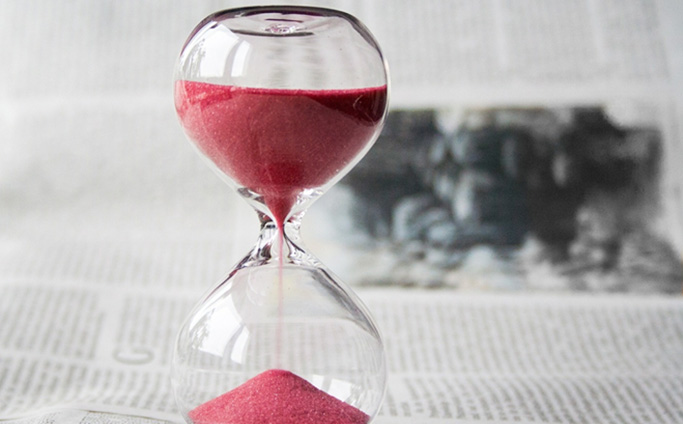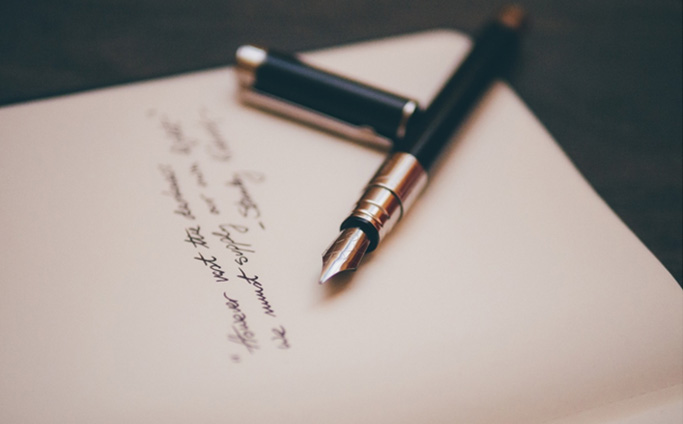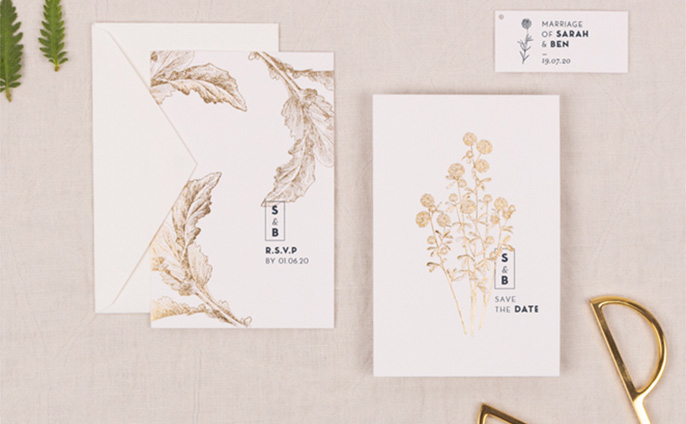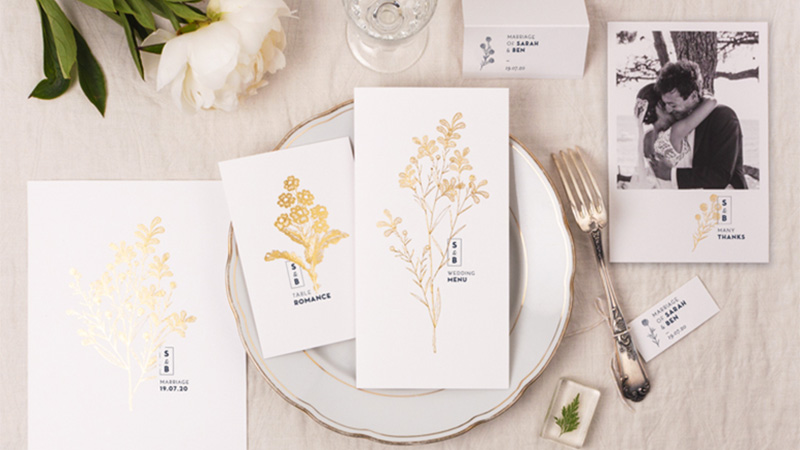6 Things To Do Before Sending Out Wedding Invitations
To ensure that you celebrate your wedding day surrounded by the people you love, you’ll need to send out personalised wedding invitations to let everyone know when and where you’re getting hitched. Before you excitedly hand over your written wedding invitations to the local postal service, there are 6 important things that you must definitely do…
-
Prep In Good Time

It’s considered to be good wedding etiquette to prepare, write and send your personalised wedding invitations in good time. Sending out your beautiful wedding invitations eight weeks before the big day gives your guests sufficient time to check their social diaries and to reply.
The timing really is crucial, as giving your guests too much of it may mean that they forget about replying, because your wedding invitation is buried in their to-do pile of correspondence. When you prep in good time, your guests will see that you require their RSVP with some urgency.
-
Follow The Etiquette

The personalised wedding invitations and stationery that you choose gives your guests a feel for your wedding day, long before the special celebrations begin. To ensure that everything is absolutely perfect, it’s highly recommended that you follow formal and traditional wedding etiquette rules when writing out your wedding invitations.
Do your research and make sure that you include all of the important information – the day and date, the wedding ceremony venue and the details of where the reception takes place. You can opt to handwrite the personalised wedding invitations yourself, have them professionally printed, or pay someone with excellent calligraphy skills to do the work for you.
To motivate your guests to respond to your wedding invitation, choose a beautiful, decorative or uniquely distinctive RSVP card that really stands out. To help you keep track of how many guests send back their RSVP cards, it’s a good idea to number them before you send them out. Keep a numbered list of the guests so that you know who you need to chase up for a response.
-
Proofread The Content

If the information listed in your personalised wedding invitations is incorrect, the overall elegant, romantic or sophisticated effect is instantly spoiled. When ordering printed personalised wedding invitations and wedding stationery, it’s essential that you ask for a proof copy that you can personally check.
Read through the proof carefully and thoroughly, checking the dates and spellings. Ask your future spouse to also give the content the once over, to be doubly sure that everything is perfect. If you spot any errors, mark them clearly so that they can be corrected.
-
Check The Details

Before addressing the personalised wedding invitation envelopes, you’ll want to ensure that you have the correct address list. If you sent out save-the-date cards, check for outdated and updated addresses before you get busy addressing all of the envelopes. Pay particular attention to the post/ZIP codes to ensure your wedding invitations reach the correct destination.
Stick to the formal wedding etiquette rules and hand write the addresses of your guests. Slapping on a sticky pre-addressed label is not the way to go, if you want to create a good impression.
-
Assemble The Wedding Invitations

It’s not uncommon for personalised wedding invitations to feature a number of components that make up a ‘wedding invitation package’. The ‘package’ can include a personalised wedding invitation, a RSVP card, a reception card, and details of places to stay in the local area, along with a map. Some couples also choose to include a self-addressed, stamped envelope to prompt guests to send back a speedy response. All of these various inserts need to be carefully assembled before sending out your wedding invitations.
Traditionally a wedding invitation ‘package’ is assembled in size order, with the wording on the cards facing up. The bottom of the pile is reserved for the personalised wedding invitation. On top of this goes the reception card, and additional information like a list of hotels and direction details. If you’re including a reply envelope this should be inserted next, face down, with the RSVP card facing up and tucked under the flap. Once you have all the contents in the correct order, and placed inside the envelope, you can seal it, ready for sending.
To ensure that every wedding invitation is perfectly assembled, it’s advisable to make up all of individual ‘packages’ at the same time, so that you have a uniform appearance. Having everything that you need neatly arranged and correctly assembled, ready to slide into the envelopes, will speed up the whole process.
-
Choose The Correct Postage

It goes without saying that you will want your personalised wedding invitations to arrive in time. Aside from ensuring that you have the correct address details on the envelopes, you will also need to make sure that you choose the correct postage. As your wedding invitation ‘packages’ are likely to contain a number of items, you will obviously need to pay more than the standard fee to have them delivered. Envelopes that are large in size will also be more expensive to send.
To work out the overall postage costs, go to the post office with one fully assembled and packed envelope so that you can have it weighed. If you’ve included a self-addressed envelope inside, for the RSVP card, it’s a nice touch to also include the proper pre-paid postage.


